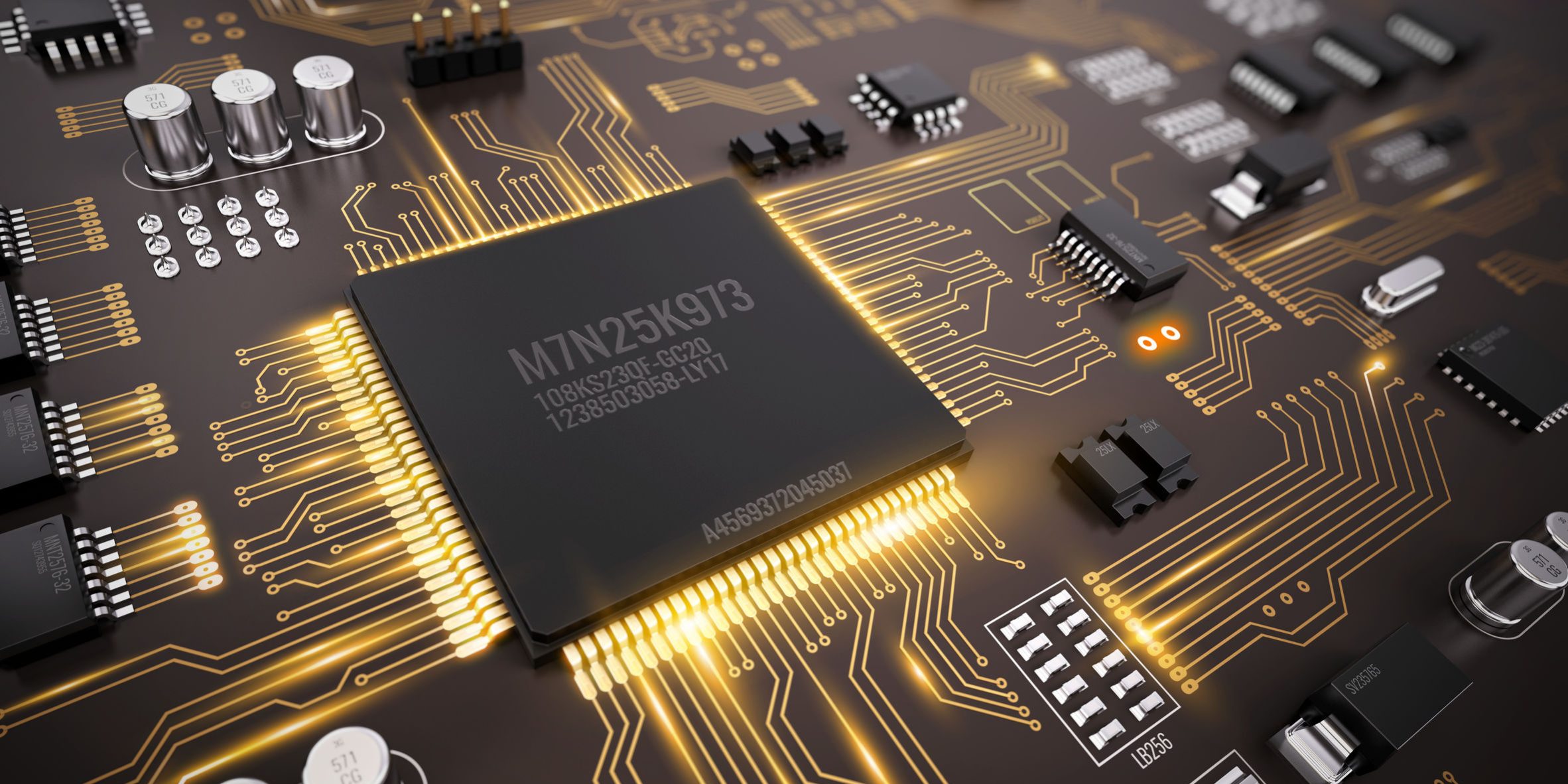Electronic devices shaped modern civilization’s way of life, and at the core of every electronics is the Printed Circuit Board (PCB). In 2021, it’s safe to say that they are everywhere. That was true ten years ago, and even more so today, as technology shifts.
In recent years, technology has been evolving at a more rapid pace, especially when the Coronavirus pandemic rocked the world, forcing the electronics manufacturing sector to accelerate its innovation so it could contribute to the fight against COVID-19.
These swift technological advances demand PCB assembly to keep up with it, as consumers expect more from them. The public demand is smaller yet more powerful and feature-rich electronics, which means newer and better performing circuit boards.
This article will discuss three recent advances in PCB assembly to watch out for and how an electronic training institute can help your organization take advantage of these trends.
High-Density Interconnected PCBs
When the Internet of Things (IoT) started becoming popular in the early 2010s, it also transformed the way PCBs are made, especially as each person owned multiple electronic devices at once. According to this 2020 survey, the average American owned more than ten connected devices in their household – smartphones, computers, tablets, and smart appliances like TVs, cameras, you name it.
Expect more appliances to have “smart” on their name as the demand for IoT devices grows. And with this, electronic devices are required to do a lot more within the limitations of their board size. That’s where High-Density Interconnect (HDI) comes in.
HDI PCBs will enable boards to have more wiring in one area. This is the key to keeping up with the rise of IoT. Manufacturers can fit more features in lesser space, allowing devices to perform more tasks than ever. As the need for more IoT products continues to rise, expect HDI PCB to become the standard for all circuit boards.
High-Power PCBs
What was once limited to military equipment, high-power PCBs made their way to consumer electronics, where devices continue to shrink in size, allowing them to be more portable. This size reduction requires smaller boards and smaller components, yet they have to provide a better performance, so power considerations need to be accounted for when manufacturing PCBs.
Fortunately, technological advances allowed manufacturers to build PCBs that can handle higher rates of current, and along with it, high temperatures for extended periods. This then opened the door for devices to enhance battery packages so that the PCB can operate at more extended periods without compromising efficiency and heat absorption capability. You can learn more about high-power PCB designs when you enroll in an electronic manufacturing training center.
Flexible PCBs
When electronics are required to fit into tighter, flexible objects like watches and clothes, the rigid rectangular PCB is no longer the practical solution, which is why the industry is increasingly pushing towards flexible PCB technology.
Flex PCBs offer more versatility at a much lesser weight than their rigid counterparts. They can handle more stress and bending and even be folded into any shape or awkward position, making them perfect for wearable technologies, especially IoT wearables.
Because of their capabilities, Flex PCBs made their way into many other industries such as LED Lighting, displays, and medical instrumentation. And the rising demand has made them even more affordable. Expect to see more flexible PCB designs become more prevalent soon, as this trend continues.
Conclusion
These shifting PCB trends will continue to reflect modern man’s technology consumption. People want more compact yet high-functioning electronics that are compatible with other devices, and the way PCB is manufactured will always be aimed at meeting those needs.
To meet the innovative challenges that these demands bring, manufacturers must adopt cutting-edge technologies and design processes. Enrolling in an electronic training institute is the most practical way to tackle these challenges. Contact Blackfox today to learn more about the courses our electronic manufacturing training center offers.






